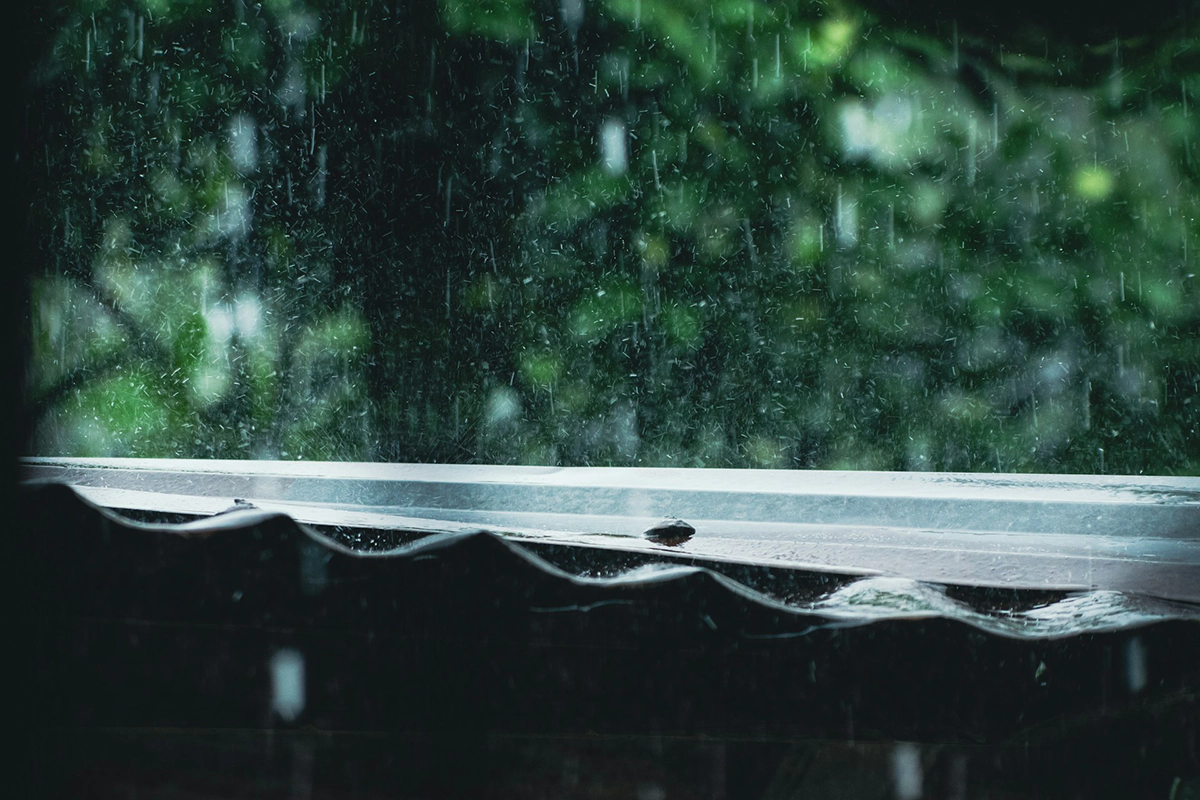Why Preparing for the Rainy Season Matters
Risks of Ignoring Rainy Season Preparation
Many homeowners underestimate the importance of preparing for the rainy season until the first heavy downpour causes trouble. Ignoring maintenance tasks can lead to roof leaks, basement flooding, damaged walls, and weakened foundations. Water infiltration can promote mold growth, cause structural decay, and result in costly repairs. Preparing home for heavy rain is not just about preventing inconvenience—it’s about protecting your property, health, and finances.
Benefits of Proactive Waterproofing
Proactive waterproofing can extend the lifespan of your home, prevent costly damage, and give you peace of mind during severe weather. Regular inspections, sealing vulnerable areas, and improving drainage systems are essential steps in preparing your home for rain. By taking preventive action, you can significantly reduce the risk of emergencies when storms hit.
Inspecting Your Home’s Exterior Before the Rainy Season
Checking the Roof for Damaged Shingles or Tiles
Your roof is the first line of defense against rain. Inspect it for cracked, loose, or missing shingles or tiles. Pay attention to flashing around chimneys and vents, as these areas are prone to leaks. Addressing roof issues early ensures your home remains protected during heavy rain.
Examining Gutters and Downspouts for Blockages
Blocked gutters and downspouts can cause water to overflow, pooling near your home’s foundation and increasing the risk of basement flooding. Clear out leaves, twigs, and debris to ensure water flows freely. Extend downspouts so water is directed well away from the house—this is a key step in preparing for rain around your home.
Inspecting Exterior Walls for Cracks and Leaks
Even small cracks in exterior walls can allow water to seep in. Seal these gaps with high-quality caulk or masonry sealant, and consider applying a waterproof coating to add extra protection.
🌧 Protect Your Home Before the Rain Hits!
Don’t wait until the next storm to find out your home isn’t ready. Our waterproofing experts can help you inspect, repair, and secure your property to withstand even the heaviest downpours.
📞 Call us today for a free consultation or book your waterproofing service online — and keep your home safe, dry, and damage-free all season long.
Strengthening Your Home’s Foundation and Basement
Sealing Foundation Cracks
Inspect your foundation carefully, both inside and outside, for cracks or gaps. Use appropriate sealants to close them and prevent water infiltration. For older homes, adding an external waterproof membrane can provide an extra layer of defense.
Waterproofing Basement Walls
Basements are highly vulnerable during the rainy season. Apply waterproof coatings to interior walls, and if possible, install exterior drainage systems to redirect water away from your foundation. This is one of the most effective measures for preparing home for heavy rain.
Ensuring Proper Drainage Away from the House
Check that the soil around your foundation slopes away from the structure. Poor grading can allow water to pool near your home, increasing the risk of leaks.
Protecting Doors, Windows, and Entry Points
Applying Weatherstripping and Caulking
Gaps around doors and windows let water seep in during storms. Replace worn weatherstripping and apply fresh caulk to keep moisture out.
Installing Storm Doors or Window Covers
Storm doors and heavy-duty window covers add an extra barrier against wind-driven rain, making them a worthwhile investment when preparing your home for rain.
Preparing the Interior of Your Home
Storing Valuables in Waterproof Containers
Important documents, electronics, and sentimental items should be stored in waterproof bins or cases to keep them safe in case of leaks or flooding.
Installing a Sump Pump or Backwater Valve
A sump pump can prevent basement flooding by quickly removing excess water. A backwater valve protects against sewage backup during heavy rain. Both are essential in flood-prone areas.
Checking for Mold and Dampness
Before the rainy season begins, inspect your home for any signs of mold or damp areas and address them promptly to avoid worsening problems.
Landscaping and Outdoor Preparations
Trimming Trees and Overhanging Branches
Overhanging branches can break during storms, damaging your roof or siding. Trim trees to reduce this risk.
Adjusting Soil Grading to Divert Water
Ensure that your yard slopes away from your home to direct rainwater toward drainage systems.
Clearing Outdoor Drains and Pathways
Remove leaves and debris from exterior drains to prevent blockages and improve water flow.
Emergency Preparedness for Heavy Rain
Creating an Emergency Kit
Keep a kit with flashlights, batteries, bottled water, non-perishable food, and first aid supplies in case severe weather causes power outages or other disruptions.
Knowing When to Call a Professional
If you discover serious leaks, structural damage, or drainage issues you can’t handle yourself, don’t wait—call a licensed contractor to ensure your home stays safe.
Final Thoughts on Rainy Season Home Preparation
Preparing for rain around your home is an ongoing process that should be part of your annual home maintenance plan. By taking the time to inspect, repair, and waterproof your property, you can face the rainy season with confidence, knowing you’ve reduced the risk of damage and costly repairs.

 CLOGGED OR BROKEN WEEPING TILE
CLOGGED OR BROKEN WEEPING TILE